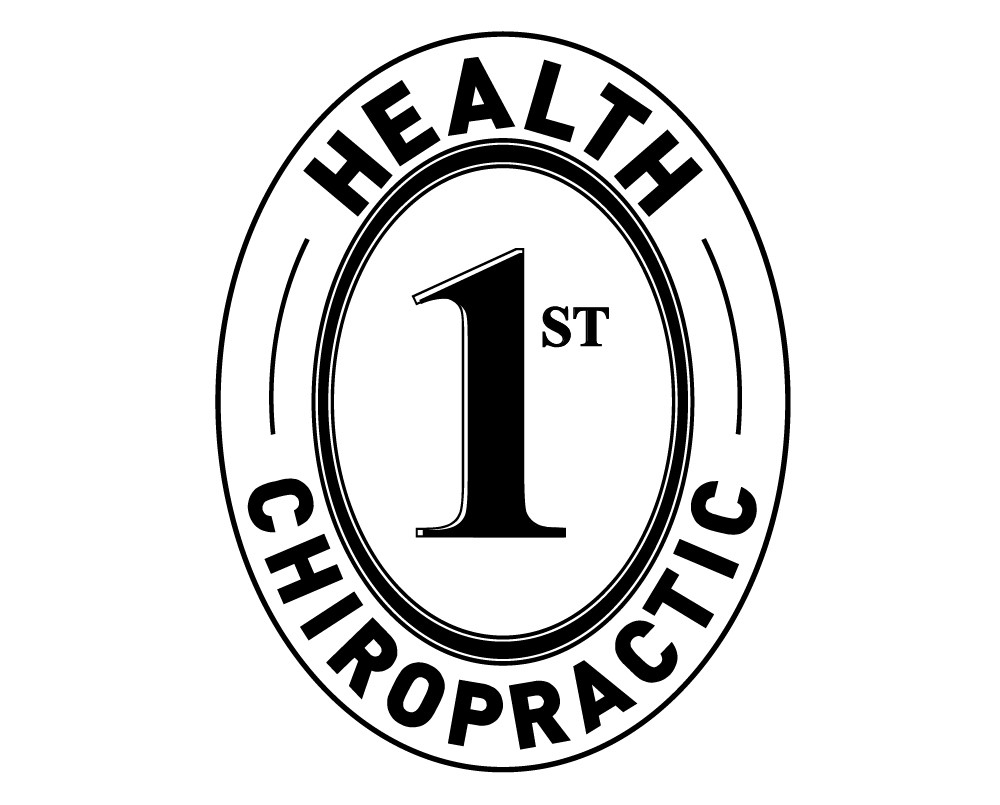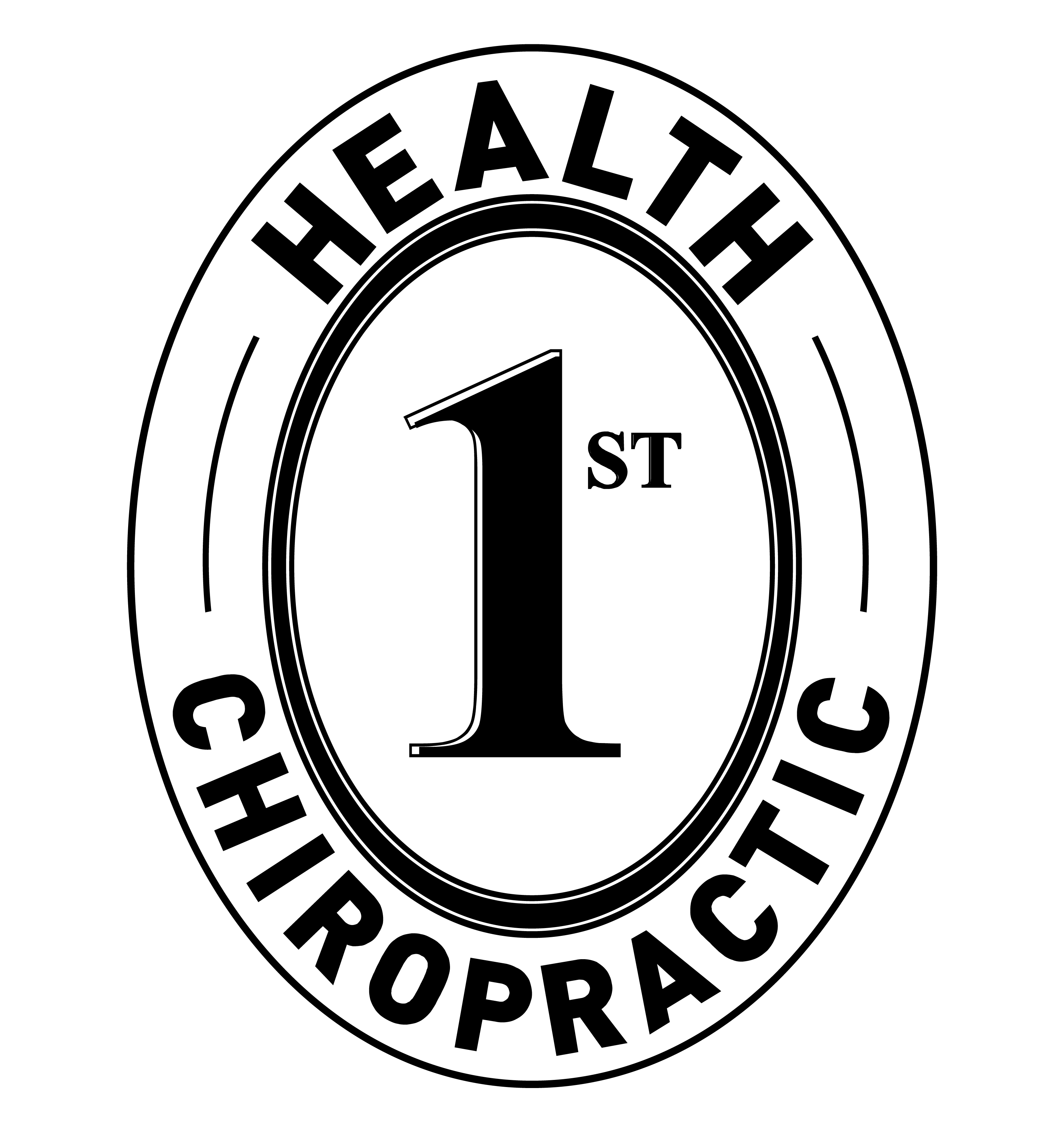HEALTH FIRST Blog

Beyond Reactive Care: How Regular Adjustments Prevent Health Challenges Before They Start
For decades, our healthcare system has operated primarily on a reactive model—waiting for symptoms to appear before intervening. This approach has led to skyrocketing healthcare costs and declining overall health outcomes. The emerging focus on prevention represents a fundamental shift in how we approach wellness.
Prevention isn't simply the absence of disease—it's the active maintenance of optimal function. This is where chiropractic care truly excels.
Your Nervous System: The Prevention Command Center
Your nervous system coordinates every function in your body—from immune response to hormone regulation, digestion to circulation. When your spine is properly aligned, nerve signals flow freely, allowing your body to:
Respond effectively to environmental stressors
Coordinate immune defenses against pathogens
Regulate inflammatory responses
Maintain proper organ function
Efficiently repair and regenerate tissues
When spinal misalignments (subluxations) interfere with this communication network, your body's prevention systems can't function optimally. Regular adjustments remove these interferences, restoring your body's innate ability to prevent health challenges before they manifest as symptoms.
Evidence-Based Prevention
Research increasingly supports chiropractic's role in prevention:
Immune Function: A study published in the Journal of Manipulative and Physiological Therapeutics demonstrated that chiropractic adjustments can increase immunoglobulin A and white blood cell counts—key markers of immune system strength.
Stress Reduction: Research in the Journal of Chiropractic Medicine found that regular chiropractic care helps reduce cortisol levels and improves heart rate variability, both indicators of improved stress response.
Healthcare Utilization: A landmark study following 70,274 members of an HMO found that patients receiving chiropractic care had 60% fewer hospital admissions, 59% fewer days in hospitals, and 85% lower pharmaceutical costs compared with patients who received traditional medical care alone.
Performance and Injury Prevention: Multiple studies with athletes demonstrate that regular chiropractic care improves range of motion, reaction time, and coordination—all factors that help prevent injuries before they occur.
Prevention in Practice: The Adjustment Advantage
Each chiropractic adjustment offers immediate benefits, but the true preventive power comes through regular care. Here's what happens when prevention becomes your priority:
Short-Term Benefits (1-3 months of regular care):
Improved nervous system function
Enhanced mobility and flexibility
Reduced muscle tension
Better sleep quality
Decreased stress response
Medium-Term Benefits (3-6 months of regular care):
Improved posture and body awareness
Enhanced immune response
Better adaptation to physical stressors
Improved energy and vitality
More consistent mood regulation
Long-Term Benefits (6+ months of regular care):
Structural improvements in spinal alignment
Significantly reduced injury risk
Better aging and tissue integrity
Improved overall resilience
Prevention of degenerative changes
Beyond the Adjustment: Your Complete Prevention Plan
While adjustments form the cornerstone of your prevention strategy, optimal results come from a comprehensive approach:
Consistent Care Schedule: Following your chiropractor's recommended adjustment frequency ensures that your body maintains optimal function between visits.
Proper Movement Patterns: Incorporating specific exercises that support your spinal health helps maintain adjustment benefits.
Stress Management: Regular relaxation practices help prevent the negative effects of stress on your body.
Nutritional Support: Anti-inflammatory foods and proper hydration support your body's natural healing processes.
Quality Sleep: Prioritizing sleep gives your body time to implement its prevention and repair processes.
Prevention: An Investment, Not an Expense
When you view your health from a prevention perspective, regular chiropractic care isn't an added expense—it's an investment that pays dividends in both quality of life and reduced healthcare costs.
A 2012 study in the Journal of Occupational and Environmental Medicine found that every $1 invested in prevention yielded $3.27 in reduced healthcare costs. The return on investment is even greater when considering the incalculable value of avoiding pain and maintaining function throughout life.
The Path Forward: Your Prevention Partnership
As our national healthcare conversation increasingly focuses on prevention, you're already ahead of the curve. Your commitment to regular chiropractic care makes you part of a progressive approach to health that addresses causes rather than symptoms.
Your chiropractor serves as your prevention partner—someone who understands your unique health history, goals, and challenges. Together, you're building resilience and creating the conditions for optimal function that help you not just avoid illness, but thrive.
Remember, your body has an innate ability to prevent most health challenges before they start. Regular chiropractic care simply removes the interferences that block this natural capacity, allowing your prevention systems to work as designed.
Ready to prioritize prevention? Schedule your next adjustment today and take a proactive step toward lifelong wellness.
References:
Teodorczyk-Injeyan JA, Injeyan HS, Ruegg R. Spinal manipulative therapy reduces inflammatory cytokines but not substance P production in normal subjects. J Manipulative Physiol Ther. 2006;29(1):14-21.
Win NN, Jorgensen AMS, Chen YS, Haneline MT. Effects of Upper and Lower Cervical Spinal Manipulative Therapy on Blood Pressure and Heart Rate Variability in Volunteers and Patients With Neck Pain: A Randomized Controlled, Cross-Over, Preliminary Study. J Chiropr Med. 2015;14(1):1-9.
Sarnat RL, Winterstein J, Cambron JA. Clinical utilization and cost outcomes from an integrative medicine independent physician association: an additional 3-year update. J Manipulative Physiol Ther. 2007;30(4):263-269.
Barratt A. Overdiagnosis in mammography screening: a 45 year journey from shadowy idea to acknowledged reality. BMJ. 2015;350:h867.
Goetzel RZ, et al. The relationship between modifiable health risk factors and medical expenditures, absenteeism, short-term disability, and presenteeism among employees at novartis. J Occup Environ Med. 2012;54(8):970-976.


